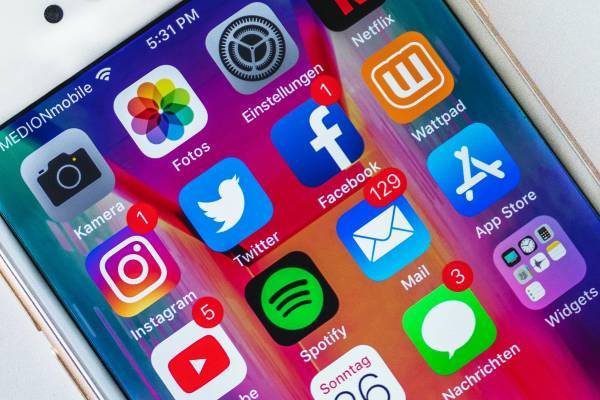The Psychology of Twitter and Online Shopping: How Social Media Influences Our Buying Decisions

In today's digital age, social media platforms like Twitter play a significant role in shaping our behaviors and decisions, including our online shopping habits. From product recommendations to influencer endorsements, the psychology behind Twitter and online shopping can have a powerful impact on our buying decisions. In this blog post, we'll explore the psychology of Twitter and how social media influences our online shopping choices.
Social Proof: The Power of Recommendations
One of the key psychological factors at play on Twitter is social proof. When we see others talking positively about a product or a brand, we tend to perceive it as more trustworthy and valuable. Twitter serves as a platform for sharing product recommendations, customer reviews, and testimonials, creating a sense of social proof that influences our buying decisions.
- User-generated content: Twitter users often share their experiences with products and brands, showcasing real-life usage and generating social proof.
- Influencer endorsements: Influencers on Twitter have the power to influence their followers' purchasing decisions through their recommendations and endorsements.
Fear of Missing Out (FOMO): Capitalizing on Urgency
Twitter's real-time nature and fast-paced content create a sense of urgency, leading to the fear of missing out (FOMO). Brands leverage this psychological trigger to drive sales by offering limited-time deals, flash sales, or exclusive promotions on Twitter.
- Limited-time offers: Brands create a sense of urgency by announcing time-limited promotions or discounts on Twitter, encouraging users to make a quick buying decision.
- Exclusive deals: Offering exclusive deals to Twitter followers can create a feeling of exclusivity and incentivize users to engage with the brand and make a purchase.
Social Comparison: Influence of Peers
Twitter facilitates social comparison, where users compare their own choices and experiences with those of others. When we see others sharing their purchases or experiences on Twitter, it can influence our perception of what is desirable or popular.
- Trending topics: Twitter's trending topics and hashtags showcase what is currently popular or trending, influencing users' preferences and purchase decisions.
- Peer recommendations: When our friends or people we follow on Twitter endorse a product or share their positive experiences, it can sway our buying decisions.
Visual Appeal: Impact of Eye-Catching Content
Twitter is a highly visual platform, with tweets featuring images, videos, and GIFs that catch our attention. Visual content plays a crucial role in capturing our interest, evoking emotions, and driving us to explore or purchase products online.
- Eye-catching imagery: Brands utilize captivating visuals on Twitter to showcase their products and make them stand out in users' feeds, capturing their attention and encouraging engagement.
- Product demonstrations: Videos or GIFs demonstrating the functionality or benefits of a product on Twitter can be persuasive, providing users with a visual representation that influences their perception and decision-making.
Understanding the psychology behind Twitter and online shopping can help both consumers and brands navigate the platform effectively. As users, being aware of the persuasive techniques employed by brands can help us make more informed purchasing decisions. For businesses, leveraging these psychological triggers on Twitter can enable them to engage with their audience, build trust, and drive sales.
By recognizing the influence of social proof, FOMO, social comparison, and visual appeal, we can approach Twitter and online shopping with a greater understanding of the underlying psychological factors at play.
